Exploring issues at the heart of the subject, this book is suitable for anyone interested in AI, and provides an illuminating and accessible introduction to this fascinating subject.
The Basics
ACTING
BELLA MERLIN
ANTHROPOLOGY
PETER METCALF
ARCHAEOLOGY (SECOND EDITION)
CLIVE GAMBLE
ART HISTORY
GRANT POOKE AND DIANA NEWALL
THE BIBLE
JOHN BARTON
BUDDHISM
CATHY CANTWELL
CRIMINAL LAW
JONATHAN HERRING
CRIMINOLOGY (SECOND EDITION)
SANDRA WALKLATE
ECONOMICS (SECOND EDITION)
TONY CLEAVER
EDUCATION
KAY WOOD
EVOLUTION
SHERRIE LYONS
EUROPEAN UNION (SECOND EDITION)
ALEX WARLEIGH-LACK
FILM STUDIES
AMY VILLAREJO
FINANCE (SECOND EDITION)
ERIK BANKS
HUMAN GENETICS
RICKI LEWIS
INTERNATIONAL RELATIONS
PETER SUTCH AND JUANITA ELIAS
ISLAM (SECOND EDITION)
COLIN TURNER
JUDAISM
JACOB NEUSNER
LANGUAGE (SECOND EDITION)
R.L. TRASK
LITERARY THEORY (SECOND EDITION)
HANS BERTENS
LOGIC
J.C. BEALL
MANAGEMENT
MORGEN WITZEL
MARKETING (SECOND EDITION)
KARL MOORE AND NIKETH PAREEK
PHILOSOPHY (FOURTH EDITION)
NIGEL WARBURTON
PHYSICAL GEOGRAPHY
JOSEPH HOLDEN
POETRY (SECOND EDITION)
JEFFREY WAINWRIGHT
POLITICS (FOURTH EDITION)
STEPHEN TANSEY AND NIGEL JACKSON
THE QUR'AN
MASSIMO CAMPANINI
RELIGION (SECOND EDITION)
MALORY NYE
RELIGION AND SCIENCE
PHILIP CLAYTON
RESEARCH METHODS
NICHOLAS WALLIMAN
ROMAN CATHOLICISM
MICHAEL WALSH
SEMIOTICS (SECOND EDITION)
DANIEL CHANDLER
SHAKESPEARE (SECOND EDITION)
SEAN MCEVOY
SOCIOLOGY
KEN PLUMMER
TELEVISION STUDIES
TOBY MILLER
TERRORISM
JAMES LUTZ AND BRENDA LUTZ
THEATRE STUDIES
ROBERT LEACH
WORLD HISTORY
PETER N. STEARNS
WORLD MUSIC
RICHARD NIDEL
ARTIFICIAL INTELLIGENCE
THE BASICS
Kevin Warwick

First published 2012
by Routledge
2 Park Square, Milton Park, Abingdon, Oxon OX14 4RN
Simultaneously published in the USA and Canada
by Routledge
711 Third Avenue, New York, NY 10017
Routledge is an imprint of the Taylor & Francis Group, an informa business
2012 Kevin Warwick
The right of Kevin Warwick to be identified as author of this work has been
asserted by him in accordance with sections 77 and 78 of the Copyright,
Designs and Patents Act 1988.
All rights reserved. No part of this book may be reprinted or reproduced or
utilised in any form or by any electronic, mechanical, or other means, now
known or hereafter invented, including photocopying and recording, or in any
information storage or retrieval system, without permission in writing from
the publishers.
Trademark notice: Product or corporate names may be trademarks or
registered trademarks, and are used only for identification and explanation
without intent to infringe.
British Library Cataloguing in Publication Data
A catalogue record for this book is available from the British Library
Library of Congress Cataloging in Publication Data
Warwick, K.
Artificial intelligence: the basics/Kevin Warwick.
p. cm. (The basics)
1. Artificial intelligence. 2. Intellect. I. Title.
Q335.W365 2012
006.3dc22
2011013423
ISBN: 978-0-415-56482-3 (hbk)
ISBN: 978-0-415-56483-0 (pbk)
ISBN: 978-0-203-80287-8 (ebk)
Typeset in Bembo
by Wearset Ltd, Boldon, Tyne and Wear
CONTENTS
FIGURES
PREFACE
The field of Artificial Intelligence (AI) really came into existence with the birth of computers in and around the 1940s and 1950s. For the earlier period of its development, attention was clearly focused on getting computers to do things that, if a human did them, would be regarded as intelligent. Essentially, this involved trying to get computers to copy humans in some or all aspects of their behaviour. In the 1960s and 1970s this opened up a philosophical discussion as to just how close to a human brain a computer could be, and whether any differences that arose were really important. This period referred to as classical AI in this book was, however, rather limited in its potential.
In the 1980s and 1990s we saw a whole new approach, a sort of bottom-up attack on the problem, effectively building artificial brains to bring about AI. This completely opened up the possibilities and created a whole new set of questions. No longer was AI restricted to merely copying human intelligence now it could be intelligent in its own way. In some cases it could still be brought about by mimicking the way a human brain performed, but now it had the potential to be bigger, faster and better. The philosophical consequence of this was that now an artificial brain could potentially outperform a human brain.
In more recent years the field has really taken off. Real-world applications of AI, particularly in the finance, manufacturing and military sectors, are performing in ways with which the human brain simply cannot compete. Artificial brains are now being given their own body, with which to perceive the world in their own way and to move around in it and modify it as they see fit. They are being given the ability to learn, adapt and carry out their wishes with regard to humans. This raises all sorts of issues for the future.
The aim of this book has been to realise a truly modern and upto-date look at the field of AI in its entirety. Classical AI is certainly looked at, but only as part of the total area. Modern AI is also considered with equal balance. In particular, some of the very latest research into embodied AI and growing biological AI is also discussed.
The intention is to provide a readable basic guide to the field of AI today to see where it has come from and where it may be going. The main aim is to provide an introduction for someone not at all familiar with the topic. However, it may well also be of interest to those already involved in science, technology and even computing, who perhaps need to catch up with recent developments.

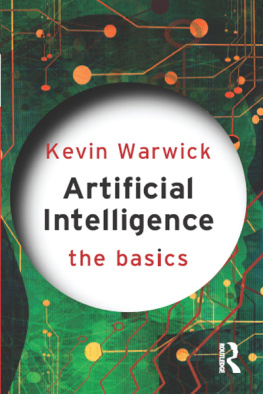


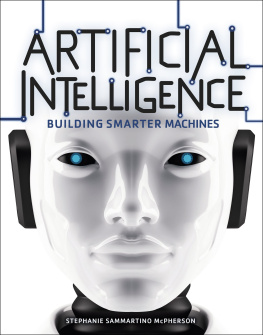

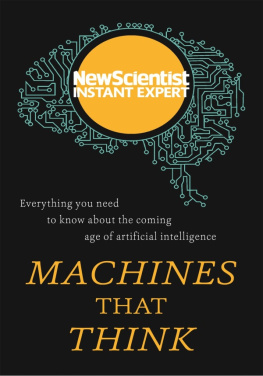
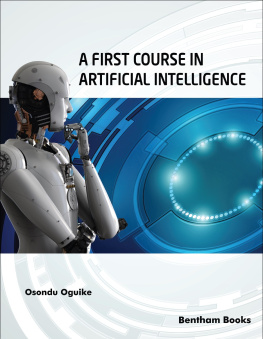
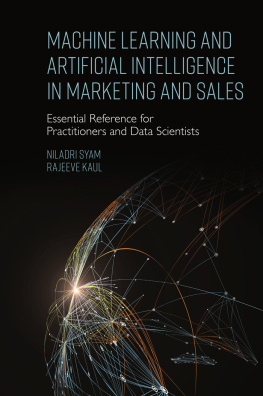

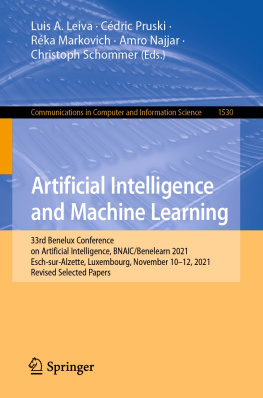
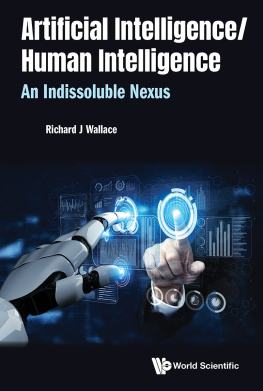
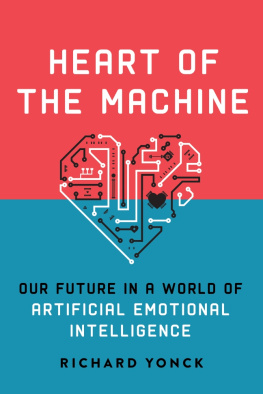
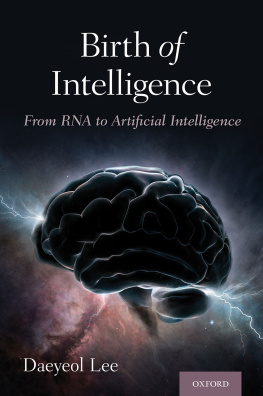
![Jim Sterne [Jim Sterne] - Artificial Intelligence for Marketing](/uploads/posts/book/124040/thumbs/jim-sterne-jim-sterne-artificial-intelligence.jpg)

